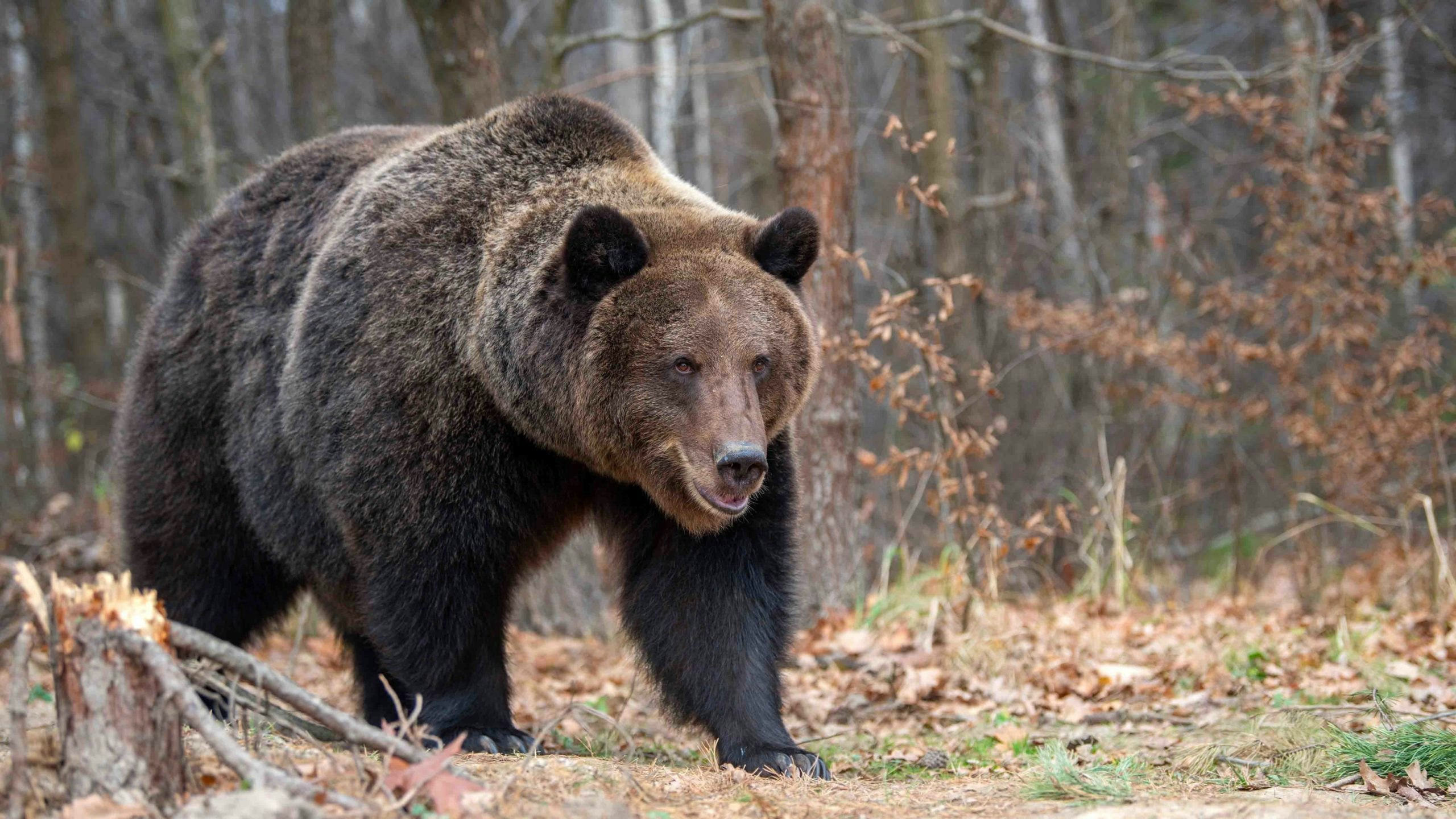A verified grizzly bear sighting in the southern Wyoming range near Kemmerer indicates that efforts toward the recovery of grizzly bear populations in the Greater Yellowstone Region have been successful, according to the Wyoming Game and Fish Department.
According to a Game and Fish Department May 28 press release, the bear was spotted outside the Demographic Monitoring Area (DMA) surrounding Yellowstone which serves to protect grizzly bear habitats and support the growth of the bear population.
This grizzly was also further south than any verified grizzly bear sighting in well over 50 years.
Since the 1970s, multiple agencies, including the U.S. Fish and Wildlife Service and the Wyoming Game and Fish Department, have worked to encourage the growth of grizzly bear populations in Montana, Idaho, and western Wyoming.
Due to these recovery efforts and habitat protection, grizzly bear populations have grown steadily. Last year, there were an estimated 737 grizzly bears within the Yellowstone DMA, and uncounted others outside the protected area.
The Game and Fish Department stated that evidence of the bear was first documented by photographs taken by a private individual, and that the photos were subsequently verified by the department.
Tracks and hair samples were later found near the Viva Naughton Reservoir, where the grizzly was first photographed. The bear is thought to be not fully matured, and is neither marked nor linked to any conflicts.
According to Todd Graham, a Wyoming Game and Fish Department staff member, being able to verify the presence of a bear is a bit of an event.
“We get reports of grizzly bear sightings, but it was good that we were actually able to verify that the grizzly bear was there,” he said.
Graham also emphasized that while no grizzlies had been sighted so far south of the Yellowstone DMA in many years, this bear is not cause for alarm.
“Seeing a bear here is new for this far south, but it’s expected with the topography and expansion of the population,” he said. “I don’t think it’s that surprising to have this sighting given the growing population of the grizzlies.”





